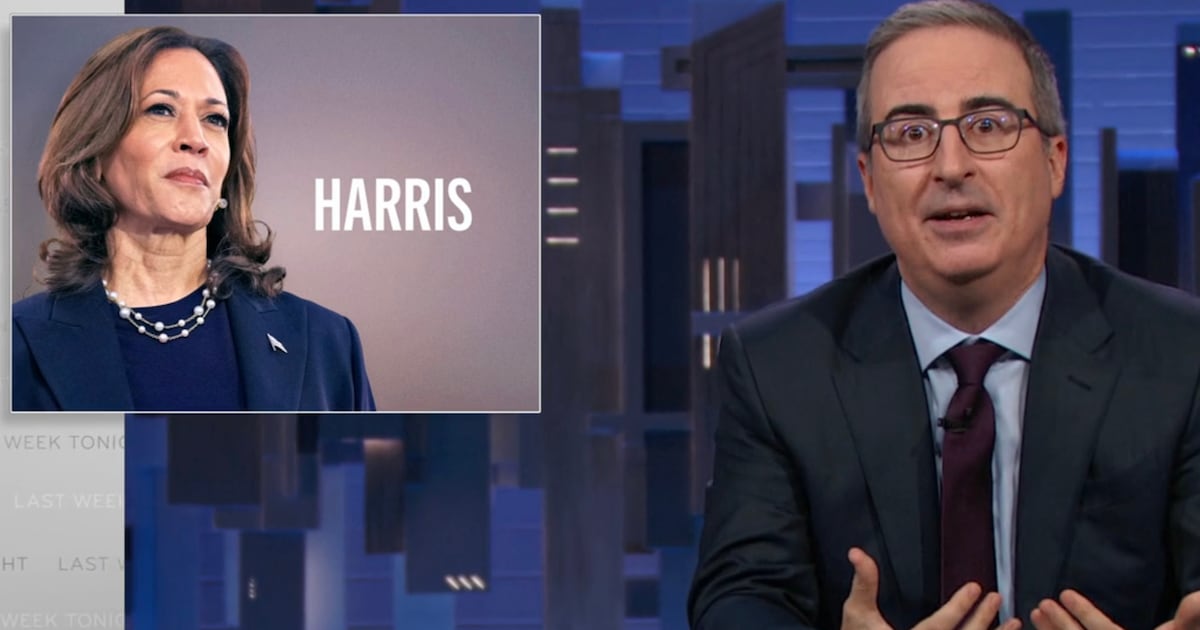It was a soap-opera worthy scandal on ice. In January 1994, American figure skater Nancy Kerrigan was struck on the leg in the women’s locker room of the U.S. Figure Skating National Championships. In the weeks after the beating, investigators revealed that Jeff Gillooly, the ex-husband of Tonya Harding (Kerrigan's main American competitor), had orchestrated the attack, with the help of accomplices and a hired hit man. Investigators alleged, but could not ultimately prove, that Harding knew about and helped plan the assault.

The Price of Gold, a new ESPN documentary, revisits this infamous crime. Through interviews and old footage, the documentary sheds light on a new story, and a new victim: Tonya Harding herself. Harding skirted the poverty line her entire childhood—her mother was an abusive alcoholic and her father struggled to make ends meet. For Harding, skating was a release and a refuge. Throughout her life, even as she traded in an abusive mother for an equally abusive husband, Harding found solace in her sport and in her ambition. Raised from nothing, Harding aspired to greatness: she wanted to be the best female figure skater in the world.
In The Price of Gold, coaches, reporters, and fans testify to Harding’s technical skill. Harding attacked her routines with a resilience and tenacity that reflected her training and upbringing. She was constantly pushing herself to the brink of her physical abilities, an urge that she believes stemmed from her fear of failure, and of turning into her mother. In an aggressively athletic routine at the U.S. National Figure Skating Championships in 1991, Harding became the first American woman to land a triple axel jump in competition.
ADVERTISEMENT
Leading into the 1994 Championships, Harding was a force to be reckoned with. Yet in the increasingly media-absorbed culture of the early 1990’s, her image was almost as important as her skill. For many fans, her hardscrabble youth and rough-and-tumble style were viewed as endearing strengths. Harding was a people’s competitor—the perpetual underdog. But the traditional ice skating establishment was immune to her tomboy charms. She relied on her brute strength in competition, and was largely unconcerned with the roles of music, costumes, and artistry in her routines. Harding played the role of tomboy athlete, which was not a traditional female figure skating archetype.
The sport was more inclined towards beautiful Barbie skaters, women like Nancy Kerrigan. Kerrigan, despite her middle class background, was graceful and refined in a way that implied wealth and status. In this way, Harding’s story exists at the nexus of gender and class; less ladylike and refined than Kerrigan, Harding was constantly overlooked in favor of her more media-friendly competitor.
In the documentary, Harding describes how one judge took her to task after a competition for her hot pink costume, threatening to kick her off the ice if she ever sported that ensemble again. Of course, Harding had designed the dress herself; she couldn’t afford a designer costume. Meanwhile, Kerrigan was turning a profit through flashy sponsorships. As Harding struggled to meet the aesthetic demands of the figure skating elite, Kerrigan became the face of big name brands like Reebok and Campbell’s Soup. In television ads, Kerrigan’s beauty and grace sold products. Through these lucrative endorsements, the archetype of the ladylike figure skater was rewarded and perpetuated.
It’s hard to imagine a time when mass media had yet to blur the lines between tabloid sensation and hard-hitting news. In The Price of Gold, journalist Connie Chung describes the arresting amount of coverage that the Harding-Kerrigan scandal received. She describes an instant tabloid-ification, as reporters from the National Enquirer and The New York Times competed for sound bites and shots. In the weeks following the attack and leading up to the 1994 Olympics, Harding explains how she was constantly hounded and followed by the press. This unrelenting scrutiny made it increasingly difficult for the athlete to practice, and ultimately hindered her performance. Simultaneously, the media’s coverage of the scandal did little to address the complexity of the case and its main players. Predictably, Harding was cast as a conniving, violent woman. Her ambition was painted as ruthless, and her lack of money, which she discussed quite candidly with the press, only further served to indict her as a greedy criminal.
By refusing to resign from the Olympic team in light of the mounting controversy, and even going so far as to threaten to sue the Olympic Committee, Harding invited critics to deem her ungracious and un-ladylike. Meanwhile Kerrigan was untouchable—her refusal to address the controversy further served to highlight her ladylike demeanor. She was quiet, well meaning, and focused; in other words, a perfectly sympathetic victim.
Ultimately, the outcome of the 1994 Olympics reiterated this narrative of hero and villain. Nancy Kerrigan was practically worshipped by the media for her miraculous recovery and flawless routines. She went on to win a silver medal. The demonized Tonya Harding was visibly shaken and distracted. Her performances were weak and inconsistent, and she ultimately finished eighth. Eventually, Harding pleaded guilty to hindering the prosecution, but she still claims that she did not know about the planned attack.
While the strange story was a once in a lifetime scandal, the media circus it spawned has become commonplace. We see the media condemning criminals outside of the law, creating its own heroes and villains. While this tactic is profitable, it takes place in an uncomfortable and unrealistic realm of moral absolutes. The Kerrigan-Harding scandal caused legions of viewers to tune in to the 1994 Olympics to watch both women interact and compete. CBS profited enormously off of this television event. Simultaneously, the entire sport of figure skating enjoyed increased popularity. Kerrigan went on to make millions, both through competitive skating and through scores of endorsements. Meanwhile, Harding was banned from competitive figure skating forever and stripped of her awards, left with nothing but her legal fees.
Correction: An earlier version of this article stated that Jeff Gillooly was Nancy Kerrigan's ex-husband.





